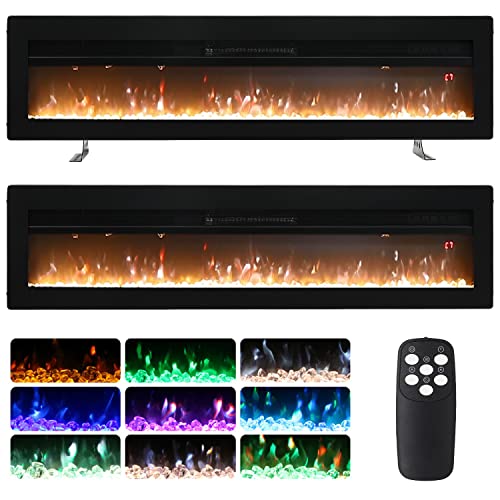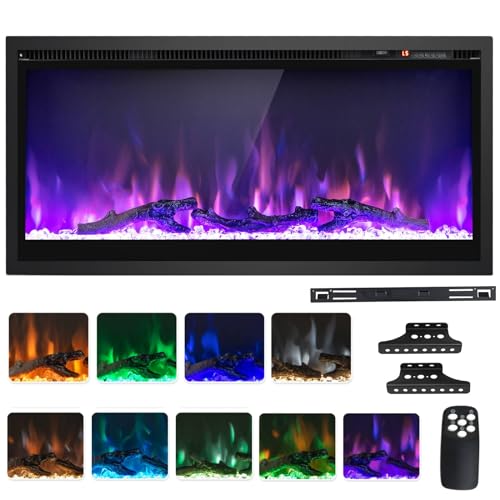9 . What Your Parents Taught You About Wood Heater Stove
페이지 정보

본문
 Proper Use and Maintenance of a Wood Heater Stove
Proper Use and Maintenance of a Wood Heater Stove A wood stove can be a cozy place to relax and heat a whole home. However, some of these appliances release harmful gases, such as creosote that can be dangerous to the health of your family and property.
A wood stove can be a cozy place to relax and heat a whole home. However, some of these appliances release harmful gases, such as creosote that can be dangerous to the health of your family and property.It is essential to take care of these stoves. Some important things to remember include: not overheating the area, not messing around with the fire, and using properly-dried firewood.
Fuel
Wood stoves burn a variety of fuel types, including dry cast iron wood burner and manufactured solid fuels like briquettes and fire logs. These cleaner burning alternatives are healthier and more sustainable than traditional house coal or wet wood. They do emit harmful smoke and gases, and require regular maintenance in order to perform at their Best wood burning stoves.
Before using or purchasing any fuel, read the instructions of the manufacturer and ensure that the type is recommended for your stove. Unsuitable fuels can damage your stove or chimney which can result in costly repairs and voiding your warranty. It's illegal to use unapproved fuel, especially in smoke control zones. Look for the 'Ready to Burn logo, which demonstrates that the fuel is in compliance with the sulphur and smoke emission standards, and can be legally sold for domestic use. The logo is usually placed alongside the details of the price and brand or on the packaging.
The fuels that are suitable for combustion should be dried or seasoned to reduce the moisture content. This will increase heat output and combustion efficiency. The kind of wood you choose will also depend on your heating needs. Softwoods like pine and spruce offer good value for money, Wood Heater Stove however, hardwoods such as oak or beech generate more hot embers and do so over a longer period of time. Fruitwoods like cherry and apple not only offer efficient heating, but also enhance the ambience with their pleasant aromas.
If you own a multi-fuel stove, think about a mixed fuel stove; combining wood with smokeless briquettes can help to keep the flames going and warm your home for longer. The briquettes can be used as a back-up and also help in preventing a fire from a chimney by keeping the air moving.
A well-maintained stove will create more heat, use less fuel and create fewer harmful particles. If you have a gas or oil-fired wood stove, make sure it is fitted by a registered installer (on a competent person scheme such as HETAS, APHC, BESCA, Certsure or NAPIT). A regularly serviced appliance is more cost-effective to run and protect your health and the environment by preventing harmful emissions.
Design
freestanding wood burning stove stoves are a fantastic source of heat, but their design is crucial to consider. Carbon monoxide and smoke are undesirable byproducts that may cause harm to health and the environment. The key to reducing the emissions is to operate with a proper manner and a well-planned design.
Modern wood stoves are designed to be more eco conscious than traditional models. All EPA certified stoves must adhere to strict emission and energy efficiency regulations to maximize the amount of heat produced. Look for a metal EPA certification mark on the back of the stove or check out the EPA's current database to determine the stove is certified. Going to local hearth stores who know the performance of their inventory is also an excellent way to learn more about wood stoves and which size and capacity may be best for your space.
A key part of the EPA emission regulations is the control of the flow of air through the stove. The firebox of the stove is surrounded by fireproof walls and there are air vents in these walls to allow for controlled airflow. Airflow control is essential to ensure that combustion is optimal and emissions are reduced.
Many modern stoves use a baffle to increase the time to burn the fire, which decreases smoke output and harmful gases. Some wood stoves use catalyst converters to cut down on NOx emissions. This type of system is more expensive and is usually only used in high-end wood stoves.
Stoves also use different types of air control systems to regulate air flow through the stove. Most wood stoves use a basic air supply that is passive which requires that the operator (you), operate the stove in a way that allows the best performance. Some stoves feature active air supplies that are controlled by sensors. These sensors monitor the combustion process, and adjust the air supply when required.
One of the most significant advantages of a wood stove is that it does not require electricity to run, which makes it an excellent alternative heating option for homes that are remote or aren't connected to a power grid. However, if you do not have a backup heat source to depend on during an interruption or an upcoming snowstorm, a wooden stove is not the only option for heating your home.
The output of heat
Many wood stoves advertise their peak heat output in BTUs. This is not accurate as the actual heat output of a wood-burning stove is dependent on many factors including the size of the room, and how well insulated it is.
The climate of the area also plays a role in heating requirements. Colder regions require stoves with a higher BTU rating to ensure the temperature.
The type of wood and the frequency you replenish your fireplace are other factors that influence heat production. Dry, seasoned firewood produces more heat than freshly cut and wet logs. The stove fan can also help move the heat generated by the wood burning stove for shed burner throughout the room instead of having the hot air rise.
It is vital to keep in mind that the maximum output of a wood heater stove should not be reached frequently as continuous high firing causes damage to the stove's interior and can cause carbon monoxide gas to leak into the home.
Regular refueling can also improve the performance of an fireplace. Make sure the log isn't too large and that it is placed on the glowing embers to ensure that it doesn't contact the glass or walls of the stove. It is also recommended to add smaller logs more frequently, rather than leaving too long between additions.
High efficiency stoves are designed to produce a greater amount of heat output using the same amount of fuel, by providing pre-heated combustion air, as well as other design features. These stoves often produce less smoke, toxins, and carbon monoxide than older models.
Some people choose to install the boiler stove as part of their heating system. The heat produced by a wood burning stove is used to heat water for central heating systems or hot water tank. This allows the heat to be distributed throughout the house. This is an efficient and economical method of heating a house however the process of installation can be very extensive. This method requires a flue that is not already installed and the energy required to run the boiler can increase the total cost.
Safety
Wood stoves and fireplaces are attractive and a convenient method of heating homes. They do come with risks. Sparks and embers can spout out of a fire and ignite furniture or carpeting A hot chimney could cause destruction to the structure of your home. The dangers can be reduced by maintaining and using an open fireplace that burns wood burning stove for shed.
To keep wood-burning stoves safe and in good condition, they should be regularly checked and maintained. This includes checking the chimney and flue for signs of rust and wear and having them cleaned at least once a year. The chimney should also be examined halfway through the season to check for creosote accumulation, which is highly flammable and may cause chimney fires.
When purchasing a wood-burning stove be sure to choose one that is certified by Underwriters Laboratories (UL) or another lab recognized for testing. This guarantees that the stove is in compliance with the safety standards set by the federal government and is engineered to vent properly. Check the hinges, legs and grates to ensure they are in good shape and securely secured to a stove's floor.
If you choose to install a wood-burning fireplace in your home, make sure the floor underneath it is a sturdy and constructed from non-combustible material. You can also lay a non-combustible floor tile over your flooring in the event that it is fire-proof.
Always burn only seasoned and dry hardwoods. Green and damp wood can cause excessive smoke and creosote. This flammable byproduct can build within your chimney, which releases toxic chemicals. Do not burn cardboard, paper, trash or any other combustibles, as these can cause dangerous fumes and not even burn.
Don't "over fire" your wood stove -- that is, create a larger fire than the stove is able to handle. Overfiring can cause flames escape from the combustion chamber, causing damage the stove, chimney connector, and the chimney itself. It could also ignite other materials that are combustible in your home. It is also crucial to make sure the fire is completely extinguished before leaving your home or going to sleep. Smoke detectors and carbon monoxide detectors must be in working order at all times.
- 이전글واتساب عمر الذهبي 2025 Whatsapp Dahabi تحميل الواتس الذهبي V63 25.02.11
- 다음글تحميل واتس اب الذهبي 2025 تحديث جديد V35 WhatsApp Gold 25.02.11
댓글목록
등록된 댓글이 없습니다.


